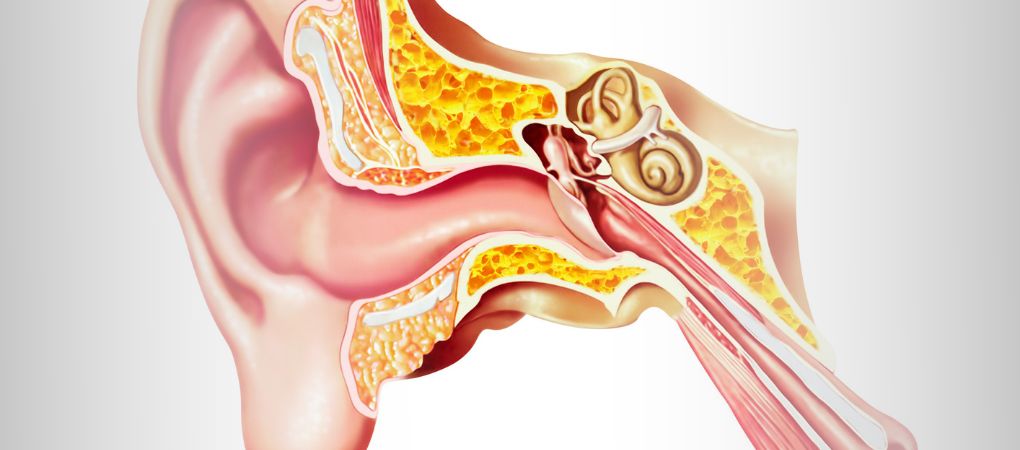Francesca Galiano
|
12/08/2022 - Last update 30/12/2022
Millicent King Channell | Year 2008
Modified Muncie technique, osteopathic manipulation for eustachian tube dysfunction and illustrative report of case
Pathology:
Eustachian tube dysfunction
Type of study:
Case Report
Date of publication of the study’:
2008/May/01

Purpose of the study
- Objective: to report the usefulness of the modified Muncie technique in treating a woman with Eustachian tube dysfunction
- Measured outcomes: report of the symptoms
Participants
- Number: 1
- Description: a 37-year-old woman, with intermittent vertigo started a week before. The vertigo episodes would last a few minutes but would leave her disoriented and unable to live peacefully the rest of her day. The symptoms would manifest when she turned her head, sat up from a lying position or got up. She also had muffled hearing in her right ear and reported suffering from seasonal allergies that she kept under control. She did not reporte falls, headaches, visual problems, cough, congestion or presence of mucus at the nasal/pharyngeal level. The physical evaluation revealed a clean throat despite the presence of mucus at the nasal level, while the right tympanic membrane was slightly retracted with the presence of serous fluid. Rinne and Weber’s tests showed a slight conductive hearing loss in the right ear. Some dysfunctions then emerged in the alto-occipital joint, in the cervical vertebrae C2-C4 and the thoracic vertebrae T1-T4.At this point, a diagnosis of serous otitis media due to recent seasonal allergies was issued.
Interventions and evaluations
- 2 sessions of OMT
- OMT: muscle energy, facilitated positional release, high-velocity low-amplitude techniques directed to the cervical and thoracic dysfunctions, and the modified Muncie technique directed to the right ear
Results
The patient felt better after the first session.
However she presented herself again after 2 weeks reporting that the symptoms had reappeared over the last week. She was treated with the modified Muncie technique also during this second visit. After that, the patient reported a complete resolution of her symptoms.
Discussion
Taking into account that Eustachian tube dysfunctions may cause a number of particularly disabling problems (otitis media, tinnitus, vertigo, etc.), simple, safe and effective treatments are particularly useful.
In this case two simple applications of the modified Muncie technique produced the resolution of the patient’s problem. Consequently, this technique can be considered as an adjuvant treatment to the classic therapies, considering that the advantage of the Muncie technique is to directly treat the source of the problem (precisely, the dysfunction of the Eustachian tube) and not just its downstream consequences. It is auspicable that future studies will evaluate the clinical utility of this technique.
The review of Osteopedia
By Marco Chiera
Strengths: good description of the Eustachian tube anatomy and of the treatment options of its possible dysfunctions, while highlighting the limits of symptomatic therapies only treating the consequences of the dysfunctions and the advantages of an approach directed to the dysfunctions themselves.
Limits: very concise description of the clinical case (probably, that was not the primary purpose of the article, focused more on describing the methods of treatment for Eustachian tube dysfunctions).

Are you an osteopath?
Register and enjoy the membership benefits. Create your public profile and publish your studies. It's free!
Register now
School or training institution?
Register and enjoy the membership benefits. Create your public profile and publish your studies. It's free!
Register now
Do you want to become an osteopath? Are you a student?
Register and enjoy the membership benefits. Create your public profile and publish your studies. It's free!
Register now







